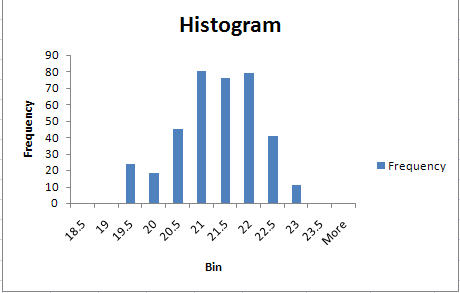
The lowest integer is used to begin the bottom axis ranges. You may divide your data into several groups using the "Bin Width" option.īy setting the " Bin Width" parameter to 10, you might divide the student test results in our example into groups of ten. This would segregate each result for a list of student test results by the student, which wouldn't be as helpful for this sort of analysis. However, change to a different selection if you wish to modify these settings.įor instance, " By Category" will categorize your data using the first category in your data range. For example, you could wish to divide the results into grade boundaries that appear in groups of ten for a list of student test scores out of 100.īy keeping the " By Category" option selected in the "Format Axis" menu on the right, you may maintain Excel's option for bin grouping. How to Format a Histogram ChartĪfter you've added a histogram to your Microsoft Excel worksheet, you can edit it by right-clicking the labels of your chart's axis and selecting " Format Axis."Īlthough Excel will try to choose the bins (groupings) for your chart, you may need to modify them. Excel will make an effort to format the chart automatically, but once the chart is put, you may need to make manual adjustments. Tap the first chart choice on the left in the drop-down menu's " Histogram" section.Ī histogram graphic will be added to your Excel spreadsheet as a result.Use the " Insert Statistic Chart" option to browse a list of available charts.Under the "Charts" area in the center, a list of the numerous chart choices that are accessible to you will appear.




In frequency data analysis, histograms are a helpful tool that allows users to organize data into categories (referred to as bin numbers) in a graphic that resembles a bar chart.


 0 kommentar(er)
0 kommentar(er)
